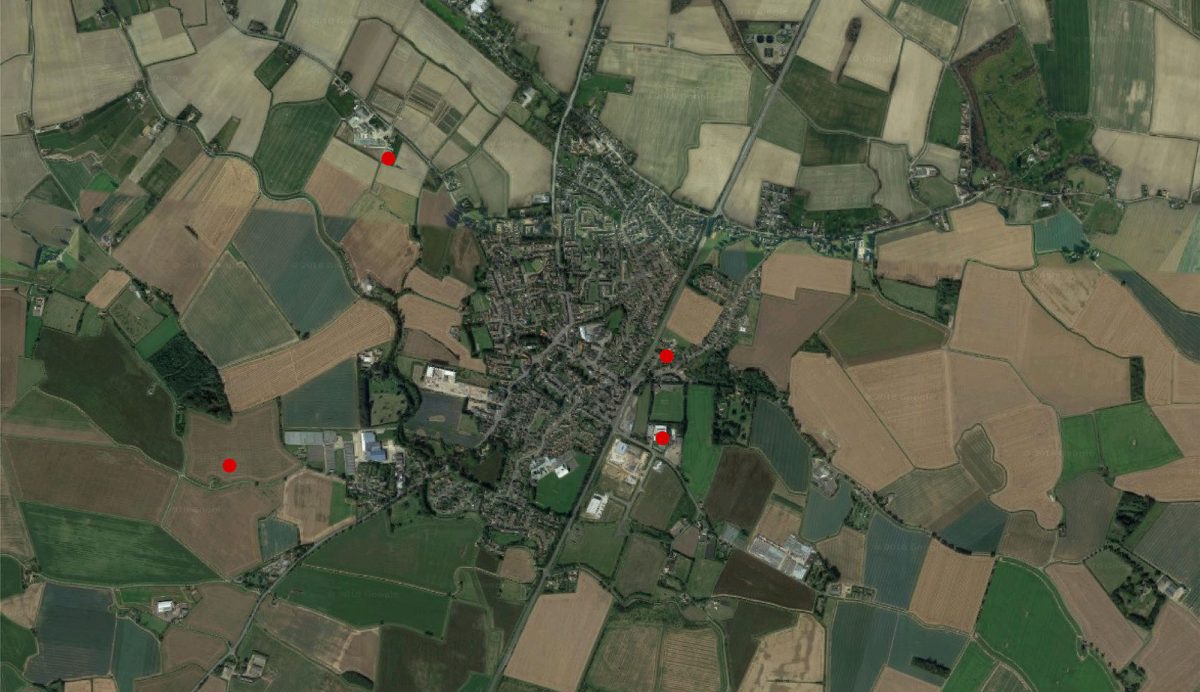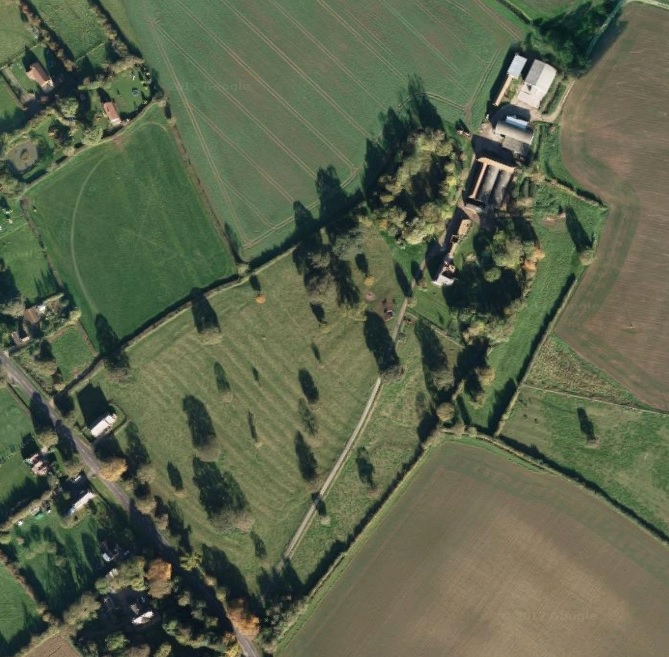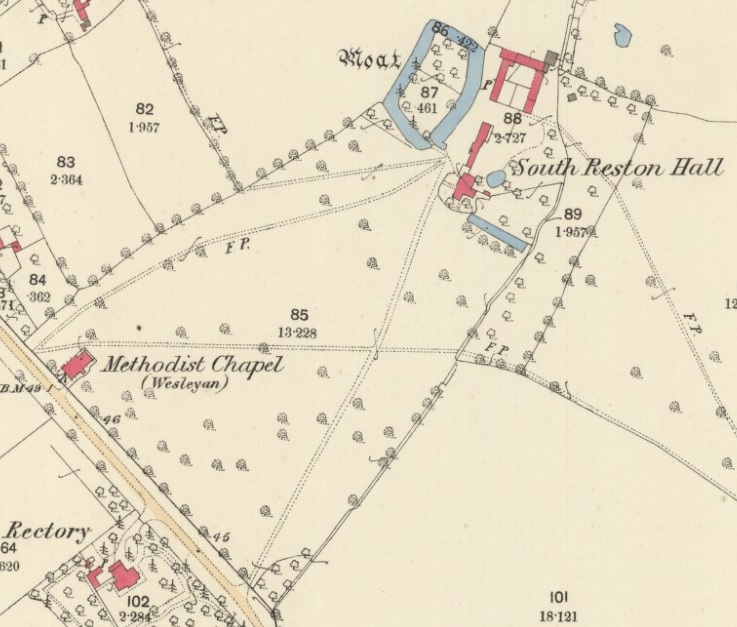Manors
Monasteries, manors & economic powerhouses
Topic 1: Manors
There is a tendency, when talking about medieval manors, to think simply in terms of the sites of manor houses. While manor houses are an important part of the medieval landscape, they do not exist in isolation.
In addition to the manor house, the manor will have enclosed land and subsidiary farm houses, barns, mills, ponds and parks. Manors may also have responsibilities in relation to highways, boundaries, rivers and drains. As a result, there may be landscape features or historic information relating to medieval manors spread of a wider area than the current village.
Origins
Most of the manors in Lincolnshire have their origins in the Anglo-Saxon period and are recorded in the Domesday survey of 1086. However, a small number of manors were established later, often where land was being reclaimed from the sea or fen.
It is often believed that there was only a single manor in a parish, and that was associated with a particular settlement.
In practice, there are a number of cases in Lincolnshire where there were two or three manors associated with a single settlement, often leading to a more extended street plan than a village with a single manor.
Some of the clearest examples of these are found in the silt fens in places such as Kirton and Swineshead.
Locations of medieval manors (red) around Kirton.
Relationships
Settlement
The relationship between the manor house and the settlement is a complex one and subject to some debate of the chicken and egg variety. Suffice to say that during the medieval period the manor and settlement (be it hamlet, village or town) were interdependent.
The village provided labour and economic support for the manor, the manor provided specialist services and economic management to the settlement.
Church
The relationship between the Manor and the church is perhaps a little more straightforward as most churches received significant economic support from the manor.
This may go some way to explaining why the church is often located adjacent or close to the manor house rather than the centre of the village itself.
Surviving features
In terms of landscape study, manor houses can often survive as farms, although the original timber hall is usually replaced by a later building, or buildings.
The moat, had there been one, is often an inconvenience to later hall builders and is either filled in, or the site of the manor house is moved, and the former moat simply abandoned or used as a garden feature. It is for this reason that there are a number of moat ‘ponds’ adjacent to farms and post-medieval country houses in Lincolnshire.
Aerial view and 1st edition Ordnance Survey map showing the post-medieval South Reston Hall adjacent to the medieval moat.



